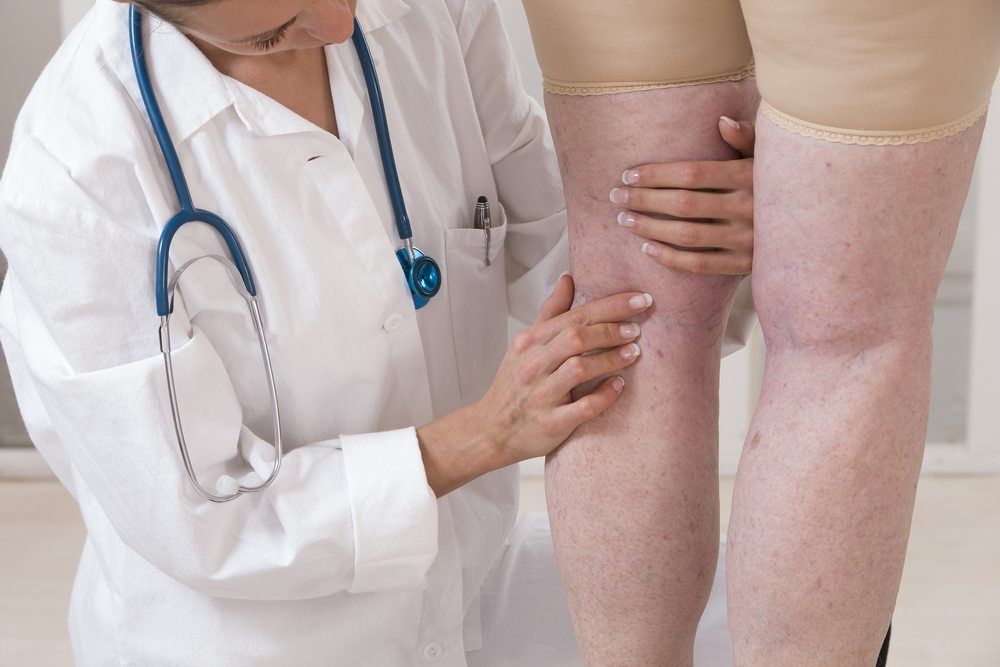Many people are affected by varicose veins and spider veins. Sclerotherapy is a popular method for eliminating these veins, causing them to fade from view over time. The procedure works by injecting a solution into the affected vein, which causes it to collapse. Eventually, the vein turns to scar tissue and becomes less visible on the skin surface.
Did you know…
that sclerotherapy has been used in the treatment of varicose veins for more than 70 years? Many patients choose it as an alternative to surgery. Most treatments take less than an hour to complete, and the majority of patients experience no downtime following the procedure. Many patients experience.
Frequently Asked Questions
Am I a candidate for sclerotherapy?
You may be a candidate for sclerotherapy if you are bothered by the appearance of small to moderately-sized varicose or spider veins. Doctors use sclerotherapy for cosmetic purposes though some patients also experience relief from related symptoms, such as aching and swelling near affected blood vessels. You must consult with your physician before undergoing sclerotherapy to determine if it is right for you. Patients who are pregnant or have a history of blood clots may not be eligible for this procedure.
What should I expect during sclerotherapy treatment?
Sclerotherapy is an outpatient medical procedure performed from the comfort of a doctor’s office. You will lie down with your legs elevated. The treatment area will be cleansed, and your doctor will begin slowly injecting a solution into your vein. Because the needle is so fine, anesthetic is not required. After withdrawing the needle, your doctor will apply pressure to the treatment area before moving on to the next vein.
What should I expect during the post-treatment phase?
At the conclusion of your sclerotherapy treatment, your doctor may have you continue to lie on your back for several minutes before getting up to walk around. You will be given some compression stockings to wear in the weeks following your treatment, during which time you will be encouraged to resume normal activities, including walking. You should begin to notice results within a few weeks. Your doctor may request a follow-up visit to evaluate your treatment results and discuss options for additional treatments if necessary.


